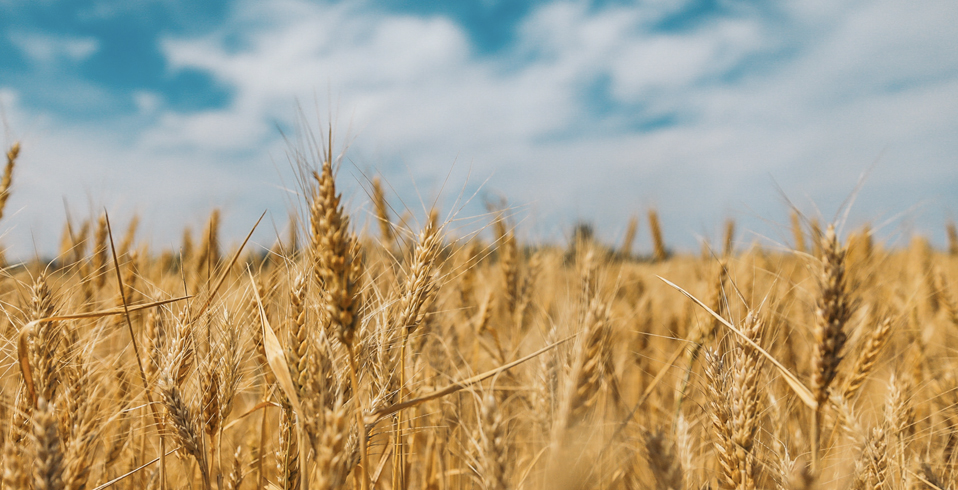11 Things to know about Gluten and Lactose Intolerence
Gluten Intolerance
Gluten intolerance is a wheat-related disorder. Symptoms, including belly pain and bloating, occur after eating foods that contain gluten, sucha as wheat, barley, and rye. In celiac disease, the body's immune system attacks its own tissues, triggered by gluten in the diet.

- Gluten is a protein found primarily in wheat, barley and rye.
- If a person has a gluten intolerance, this protein can cause digestive problems such as gassiness, abdominal pain or diarrhoea.
- Gluten intolerance is sometimes confused with celiac disease, or thought of as a food allergy. While avoiding particular foods is treatment strategy for all three, these are not the same conditions.
- Celiac disease is an autoimmune condition, where an immune response is directed against one’s own body rather than against foreign substances such as viruses or bacteria.
- In those with celiac disease, gluten causes an immune inflammation in the small intestine. Left untreated, celiac disease may lead to non-intestinal symptoms including anaemia, chronic fatigue, osteoporosis, impaired spleen, infertility, neurologic disorders, skin rashes and cancer.

Lactose Intolerance
Intolerance to lactose is the inability to digest lactose, a sugar found in dairy products. Lactose intolerance is caused by a lactose enzyme deficiency produced by the small intestine lining cells. When a person is newly diagnosed with celiac disease, they often find that they are also intolerant to lactose and find it difficult to digest milk and milk-containing products. Celiacs may be intolerant to lactose following damage to the villi and microvilli in their small intestine and are no longer able to catch and break down the molecule of lactose.
- Lactose intolerance is a digestive disorder caused by the inability to digest lactose, the main carbohydrate in dairy products.
- It can cause various symptoms, including bloating, diarrhoea and abdominal cramps.
- People with lactose intolerance don’t make enough of the enzyme lactase, which is needed to digest lactose.
- Lactose is a disaccharide, meaning that it consists of two sugars. It is made up of one molecule each of the simple sugars glucose and galactose.
- The lactase enzyme is needed to break lactose down into glucose and galactose, which can then be absorbed into the bloodstream and used for energy.
- Without sufficient lactose, lactose moves through your gut undigested and causes digestive symptoms.
